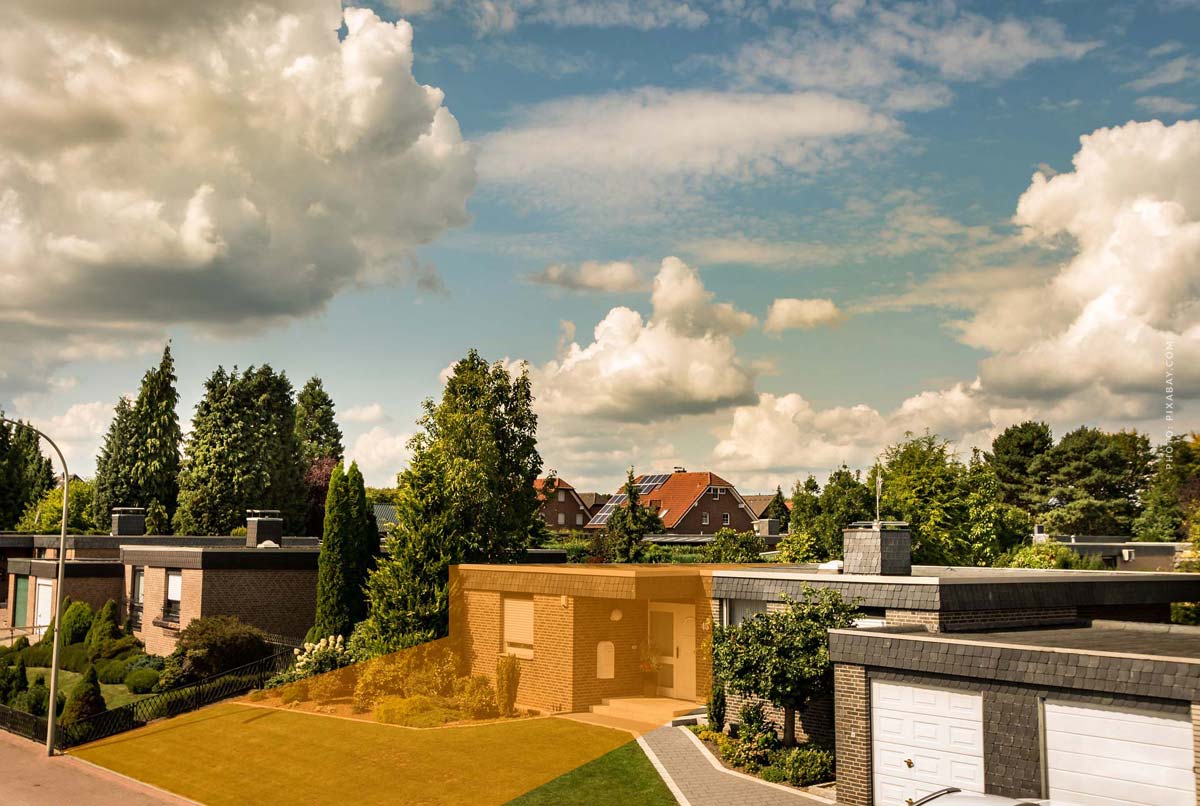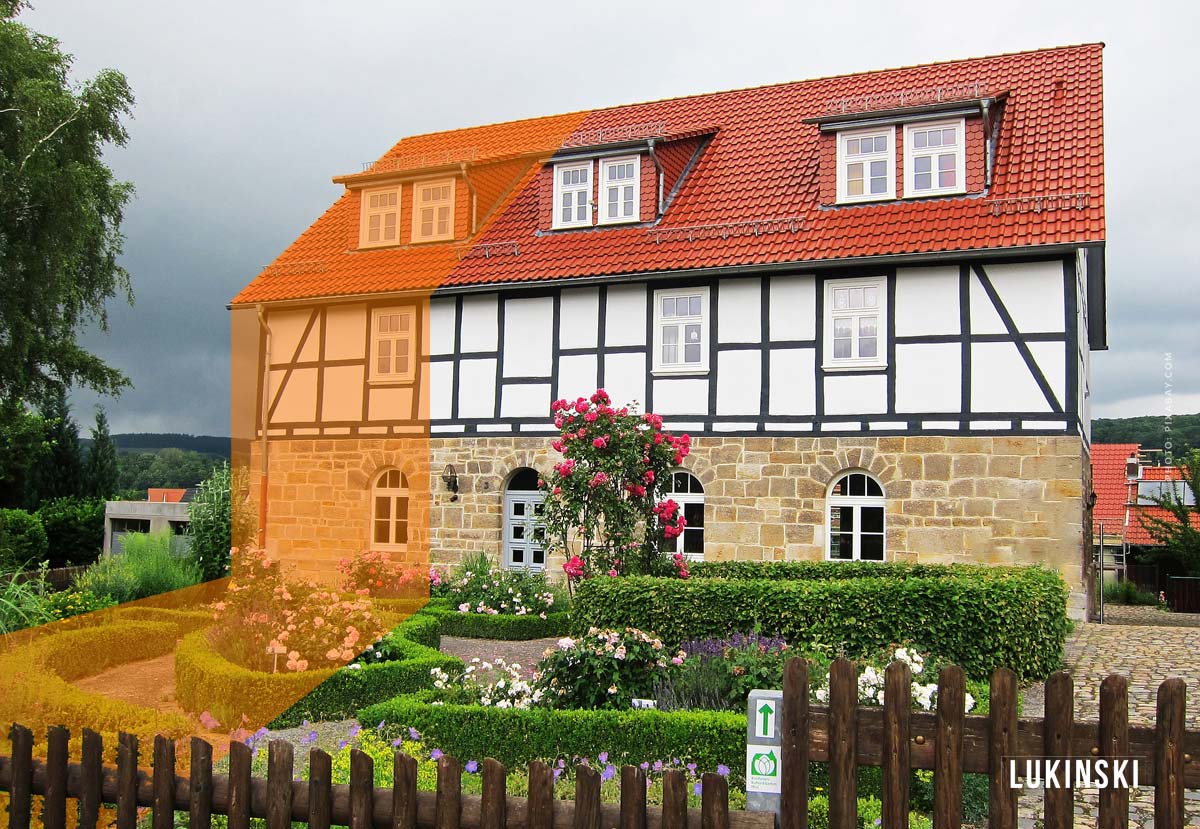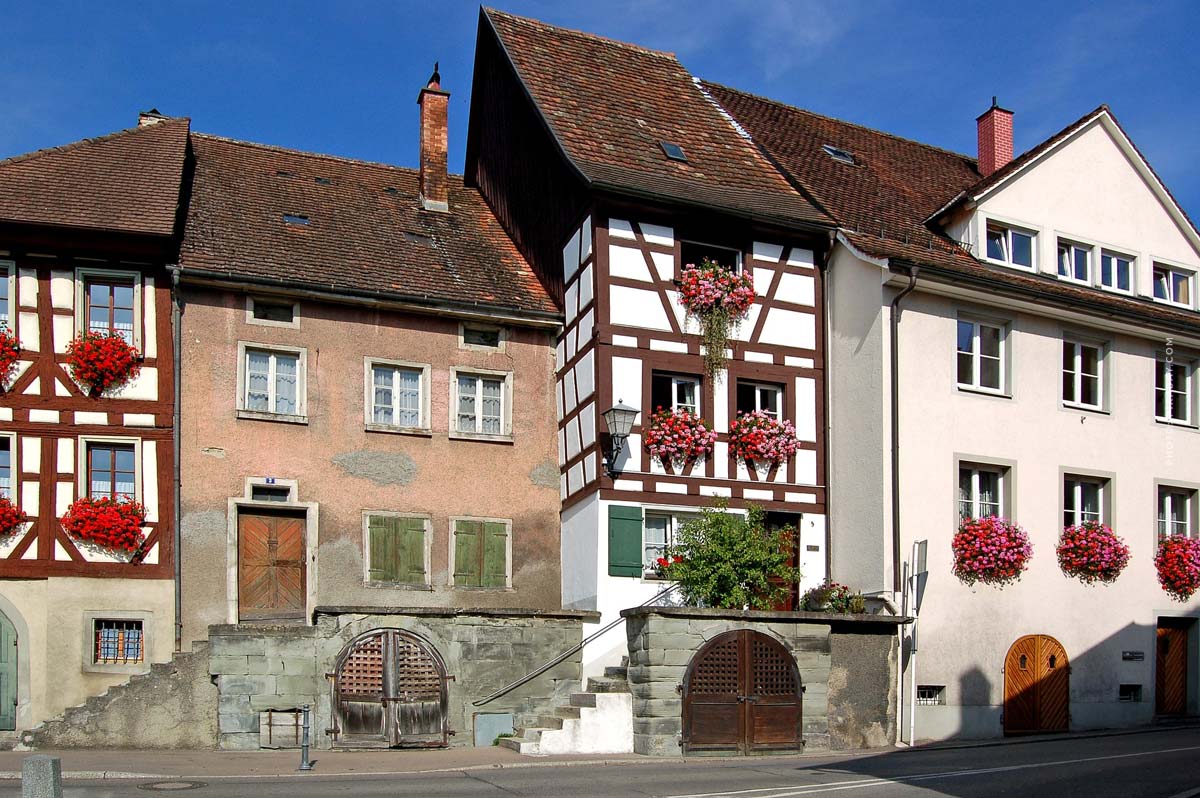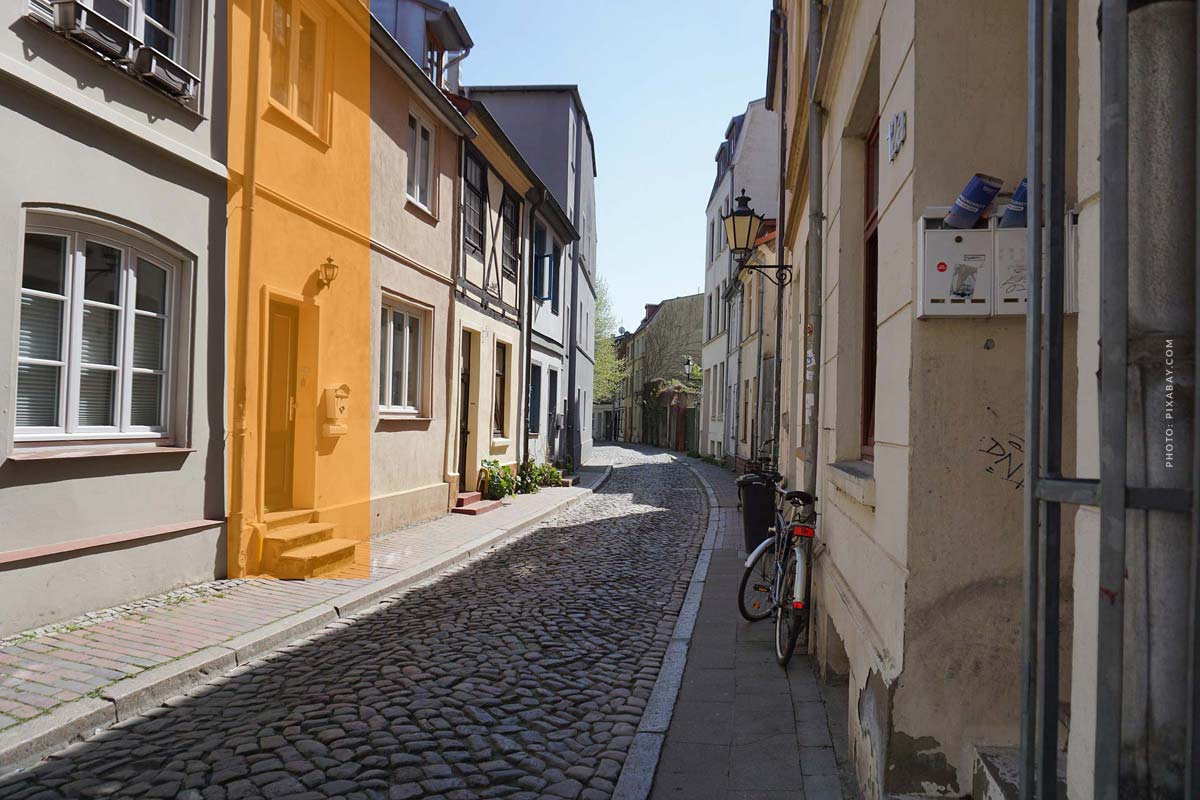Partial sale of real estate: advantages, disadvantages, tax, divorce, inheritance… Partial purchase
Partial sale of real estate 2025 – Is it possible to sell a part of a real estate? Yes! Partial sale of house, apartment and land is possible. Does a partial sale make sense? You can learn the answer here. For many, their own real estate becomes “too big” at some point, and at the same time the money they have saved becomes less and less. Selling part of one’s own property, with full right of residence and right of use(usufruct), sounds tempting – especially if the purchase price is transferred immediately. But does a partial purchase really make sense?
Partial sale / partial purchase: what is it? Explanation + advantage
Surely you have seen the advertisements of the many part purchase providers. This purchase offer is aimed in particular at older property owners who need money, for example, for a more pleasant retirement.
A look at costs of use, advantages, disadvantages, the total sale, the calculated increase in value under inflation and a comparison, what is “cheaper”: partial purchase or the alternative real estate loan, more specifically the mortgage loan? In addition taxes, sale from
Here you will also find all calculators with examples: Partial sale provider comparison.
First, a quick, short definition.
Definition partial sale or partial purchase
What does real estate partial sale?
Of course, no second person moves into your property; you remain the sole user. However, as the former sole owner, you now pay a fee for the use of the part of the property that no longer belongs to you in full after the partial purchase – comparable to rent. This payment is referred to as “compensation for use” or “usage fee”.
Partial sale summarized:
- You sell a part of your property (usually 10-50%)
- Partial purchase house: Yes
- Partial purchase apartment: Yes
- Partial purchase of land: Yes
- Financial company becomes part owner
- You remain the sole user of the property
- You pay monthly usage fee
- Total sales in X years (optional)
The most important questions about the partial purchase
The most important questions at a glance:
- Can I sell half of the house? Yes, most sellers ~ 20-50%.
- Can I sell part of my apartment? Yes.
- Partial purchase also for land? Yes.
- Advantage? Fast, uncomplicated purchase price transfer.
- Disadvantage? Usage fee (~ 3-5% p.a.)
- Moreover, for total sale: sometimes below inflation

These important factors in the purchase of parts
The key factors for the partial sale:
- Value of the property = 500,000 euros
- Desired immediate payout = 100,000 euros
- Share for sale = 20%
- Monthly usage fee = ?
- (if) total sale after X years = ?
You have to answer two key questions in the comparison:
- What is the monthly usage fee?
- (At total sale, later) appreciation and fees?
Difference: sale vs. partial sale
What distinguishes the partial sale from the normal real estate sale? If you want to sell a property in the normal way, you will go through a total of three major phases (preparation, viewings/credit checks, sale), which in turn contain several steps. The search for solvent buyers (creditworthiness) can take a longer time depending on the real estate situation (demand).
Regular real estate sale: timing
Roughly summarized, the real estate sale includes the following steps:
- Prepare documents
- Valuation
- Real estate marketing
- Preparation of an exposé
- Realization and planning of the viewing appointments
- Purchase negotiations
- Processing and drawing up of the purchase contract
- Handover of keys
Shortened sales phase
With a partial sale, a large part of these steps is skipped completely. You go directly to a financial service provider who buys your property on a pro rata basis. Accordingly, the following steps remain from the procedure of a regular real estate sale:
- Valuation
- Processing and drawing up of the purchase contract
- Handover of keys
Advantages at a glance: Sold and paid for quickly
Whether it’s a terraced house, a single-family home or even the condominium in an apartment building: you’ve never sold part of your property so quickly.
A partial sale has advantages:
- Financing method independent of banks
- No credit check, cf. credit financing
- Fast sales process
Disadvantage? Use in cost comparison
As described in the introduction, the “Partial Purchase” offer is aimed in particular at older property owners.
“Banks give no / few loans to older people”.
Such a common prejudice. That is why advertising with the “partial purchase of your property” currently works so well. However, the subsequent costs are often not taken into account. For example, if you sell 25% of the property and then pay 300 euros a month usage costs, you should definitely compare the amount with a regular real estate loan, more precisely mortgage loan.
In retrospect, otherwise an experience that will cost you cash, every month.
Let’s start the analysis.
Usage fee for partial purchase: Disadvantage 1
Now for the “follow-up costs.”
What is monthly user fee? Many currently advertise it as “easy,” “convenient,” “no bank.” True. But the price is high. First of all, the ongoing costs incurred in the partial purchase to financial companies. The financial company becomes a co-owner. The sold part of the property, will be returned to you.
So you do not give “half” of the garden or part of your rooms: you continue to use your property alone.
For this you pay the “compensation for use”.
Amount of compensation for use
The compensation that the financial company requires for the use of the property is usually:
- Between 3-5% of the amount paid out p.a.
The sum refers to 1 year in each case. The formula for calculating the usage fee (depending on the provider) per month:
- Monthly usage fee = 3% * purchase price (share) / 12
- = 3% * 100.000 / 12
Thus pay, at the partial sale worth 100,000 euros, 250 euros a month.
User fee at 100.000 Euro = 250 Euro / month
As always, depending on the provider. All providers can be found here in the part purchase house: comparison.
Real estate loan comparison: 2-4% cheaper
How much do you currently pay for a “classic” real estate loan? Due to the low interest rate phase, you currently pay only:
- Approximately 1% of the disbursed amount p.a.
Compared to the financing request of 100,000 only ~ 80 euros / month.
Credit only ~ 80 Euro / month
It pays to calculate and consider when it comes to the partial sale of your property. Tip! You will also learn about the “real estate annuity” as another alternative to the partial sale.

Taxes: What do you have to pay?
The tax does not differ in the partial sale from the regular sale.
As you can see in this tax checklist, for private individuals it is actually “only” about the speculation tax. It comes into effect when a property is resold within the first 10 years after purchase. The amount of the speculation tax is calculated according to the individual tax rate, which can be more than 25 percent.
Mentioned for completeness, anyone who sells 3 or more properties in 5 years is also subject to commercial real estate trading and therefore also to trade tax. Last, for the sake of completeness, the sales tax (buyer) for commercial real estate trade.
More on the subject of taxes when selling real estate:
Calculator! Provider comparison
In this analysis, I have calculated example for you in all the calculators of the providers. How much is the usage fee? How much do you get in the total sale? Here you can find the big provider comparison:
Total purchase price and inflation: Disadvantage 2
If you think carefully about the online calculation of step 2) the total purchase, you will notice that you do not specify any regions(real estate location) of the property. Accordingly, the increase in value is a very rough value. But let’s take this as a basis.
Inflation vs appreciation: comparison (-2.8% loss)
Inflation factor (currency devaluation) – If you now add inflation as a second factor, which according to the European Central Bank should be at 2% per year, but is currently even at 5% (as of 01/22), then you will see:
The increase in value of only 25%, 30% in 15 years, does not even equal inflation.
So let’s compare 30% in 15 years and inflation (“as desired” at 2%, with no increases):
| Time | Value | Inflation (Σ) |
| 1st year | 2.00% | |
| 2nd year | 4.20% | |
| Year 3 | 6.40% | |
| Year 4 | 8.60% | |
| Year 5 | 10.80% | |
| Year 6 | 13.00% | |
| 7. year | 15.20% | |
| 8. year | 17.40% | |
| 9. year | 19.60% | |
| 10th year | 21.80% | |
| 11. year | 24.00% | |
| Year 12 | 26.20% | |
| 13th year | 28.40% | |
| 14. year | 30.60% | |
| 15. year | 30.00% | 32.80% |
The result of our comparison:
According to (most) online calculators, a loss of -2.8%.
Accordingly, you will not even be compensated for inflation if you are below 32.8%.

Tips for your partial sale: use, annuity, divorce and inheritance
Here are some practical tips and food for thought:
Real estate pension: Another alternative
You have now learned about the partial sale, also the mortgage loan. Perhaps another tip for you, the real estate pension. Especially interesting if you have already reached a higher age, usually from 70, 75 years.
Real estate annuity means: You sell your real estate (directly) completely, but keep a lifelong right of residence and use. In addition, you receive a small monthly amount. For some, this is a good solution. Because you also no longer have anything to do with maintenance costs, the new owner takes care of that.
Real estate pension simply explained:
- Direct, complete sale of your property
- Lifetime right of residence and use
- Small, monthly “extra pension” from the seller
- No maintenance costs
Usufructuary right: “Lifetime, sole right of residence
Before we compare the different providers, here is an important tip if you really decide to sell your property in part. As you have already learned in the guide partial sale, you can sell your property in 2 ways: Partial or Partial including total sale in X years.
If you are considering an overall sale after X years, be sure to take a look at the:
Usufructuary right in the event of a total sale
Usufruct right simply means that you have the sole right to use your property – even after the sale (as well as in other cases, such as early inheritance).
Advantage: The usufruct right brings you the advantage that you are not dependent at any time, on the goodwill or the consent of the seller.
Partial sale possible despite current financing?
Partial sales are possible – by arrangement – but both you, as the borrower (property owner), and the bank, are fundamentally bound by the loan agreement you have concluded, at least for an agreed fixed-interest period. Ideally, therefore, your property is paid off.
What is the difference between partial sale and annuity?
Let’s first clarify the term life annuity: Under a life annuity, you sell your property in exchange for an annuity payment and simultaneous, lifelong right of residence and use. It is therefore a special form of selling a property. The advantage: liquidity.
- Mostly owners over 70 years
- Complete sale to a financial company
- In return, lifelong right of residence and use
- Additional monthly amount for you (life annuity)
- No additional costs / maintenance costs
Community of heirs: sale after inheritance
Is it possible to sell a share in a community of heirs? Yes. With reference to BGB § 2033 Paragraph 1, which states:
“Each co-heir may dispose of the share in the estate.”
More on the topic:
Divorce: sale after separation
Is it possible to sell a share from a separation or divorce? In the case of divorce, things are initially a bit more complicated. In principle, only after the separation year, but at the latest after the divorce, can spouses demand that their partner sell their home. Talk to the providers individually about this.
More to:














